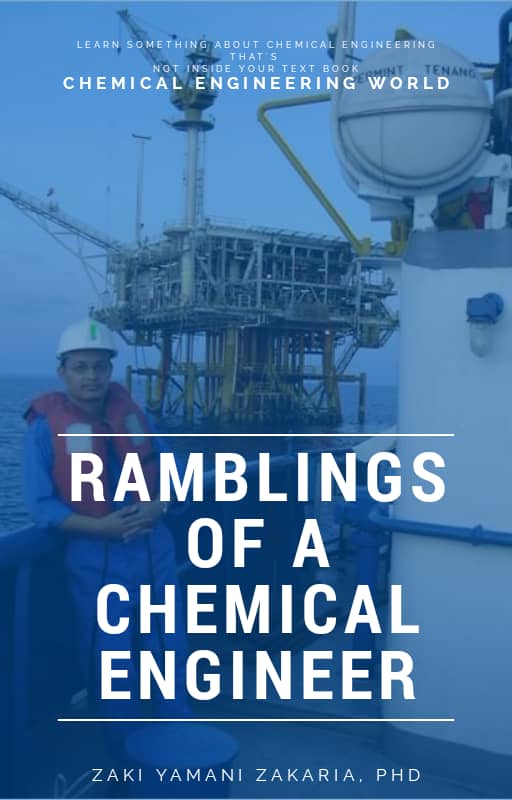There is a reason for this. There is a reason why I write this book. The reason is similar to why I started my Chemical Engineering World blog 13 years ago. I wanted to share experiences and informal knowledge of a practicing engineer.
This book will be ready somewhere in August.
“Learn something about chemical engineering that is not inside your text book”, that has always be my tagline.
Stay tune to capture the adventure of a chemical engineer. Get updates from my FB Chemical Engineering World Page.



